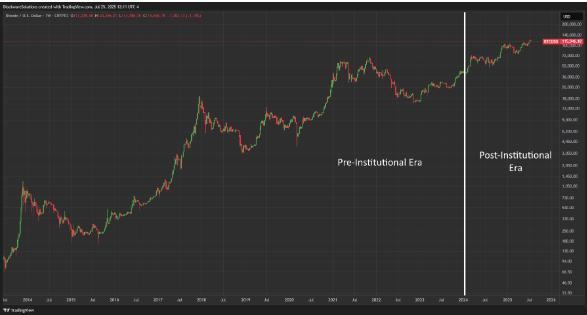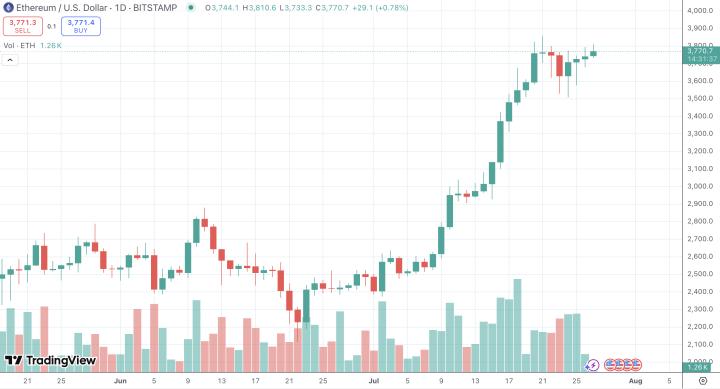Kraken Exchange Announces Integration of INK Token and Ink Layer Two Protocol into Platform, Along with Airdrop Distribution Plan for Eligible Users.
Kraken has just announced the integration of layer two blockchain technology from Ink Foundation into its core trading ecosystem, marking an important step in the exchange's on-chain service expansion strategy. The announcement made on July 24 includes supporting INK token and deploying the "Drops" airdrop program for actively participating customers.
INK Token, issued by a subsidiary of Ink Foundation, is specifically designed to operate within the Ink L2 ecosystem. This protocol aims to create a high-throughput, low-latency blockchain environment compatible with Arm Virtual Machine, serving large-scale transaction and payment needs.
Kraken Co-CEO Arjun Sethi emphasized the goal of integrating a "production-grade on-chain system" into the entire platform's services. He described Ink L2 as an ideal infrastructure solution for building high-performance trading and payment applications, leveraging EVM compatibility to ensure development flexibility.
Step Towards a Unified Capital Market
The Ink Foundation Board appreciates the "turning point" nature of this collaboration, believing that the combination of Kraken and Ink L2 will narrow the gap between Centralized and Decentralized Finance. They expect this will contribute to building a unified capital market where everyone can participate easily and fairly.
The "Drops" airdrop program will distribute INK tokens to eligible Kraken customers and active participants in the ecosystem. However, the specific criteria for receiving the airdrop and detailed distribution schedule have not yet been announced. Kraken stated that this information will be shared when development milestones are completed.
The integration of Ink L2 occurs in a context of increasingly fierce competition in the layer two solutions market. Competitors like Coinbase have a significant advantage with the Base network, while many other exchanges are actively developing or collaborating with L2 protocols to expand their service capabilities.







